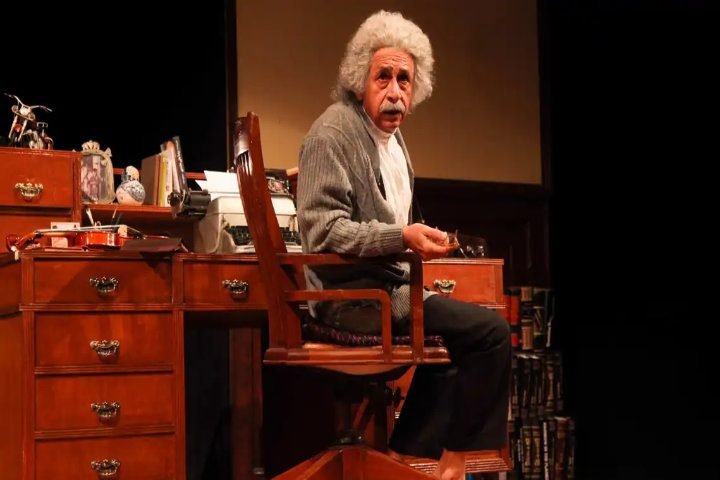- Indian Theatre: A Reflection of Cultural Diversity and Artistic Expression
- Modern Indian Theatre and Social Change
Modern Indian Theatre History
The modern theater in India has evolved through cultural influences and social movements. It has entertained and played a significant role in driving social change.
In This Article
Birth of Modern Indian Theatre
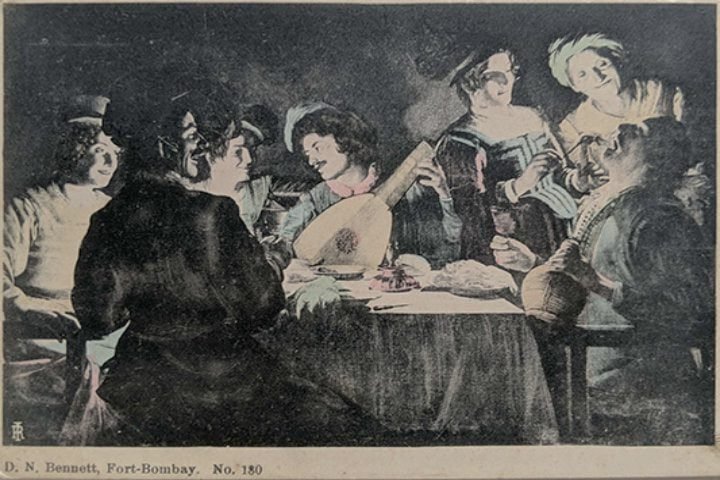

The beginning of modern Indian theater can be traced back to when India was under British rule. This period lasted for over two centuries. The Western style of theater was introduced to India during this time, especially in big cities like Bombay (now Mumbai), Calcutta (now Kolkata), and Madras (now Chennai). Theater buildings similar to those in London were set up in these cities, mainly for British soldiers and civilians.
Before the advent of cinema, this style of professional theatre presented by professional groups, sometimes traveling, was the only source of mass entertainment. Their productions set the standard for Indian cinema, focusing on song, spectacle, and melodrama. By the 1970s, popular cinema had mostly replaced entertainment theatre, except for a few regions like Maharashtra and Assam.
The influence of Western theater went beyond entertainment. It led to a cultural exchange, exposing Indian audiences to new art forms and narratives. This sharing of ideas and techniques laid the groundwork for developing a uniquely Indian modern theater.
Indian Regional Theatre
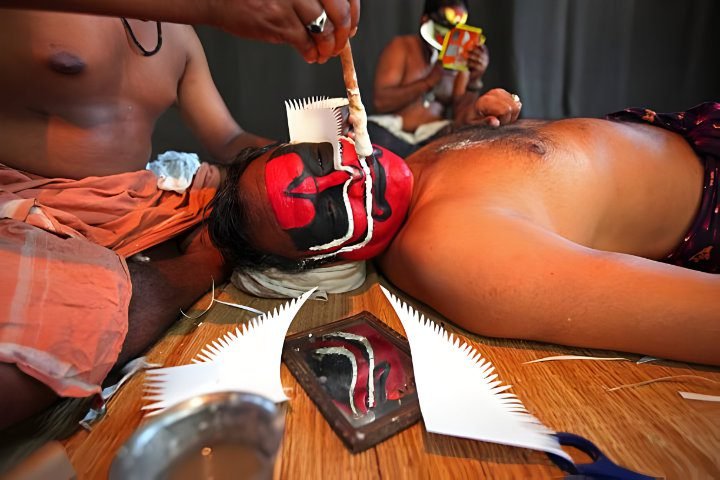

In the early 19th century, the southern states of India eagerly embraced modern theater. The Tamil and Malayalam theatrical traditions thrived, adapting to the changing times while maintaining their rich cultural heritage. This regional theater of India reflected the hopes and struggles of its communities and helped create a more inclusive and diverse theatrical landscape.
The Parsi Theatre Movement
The Parsi Theatre movement, which started in the late 19th century, played a major role in developing modern Indian theatre. Led by the Parsi community, it established professional theatre companies in cities like Mumbai and Calcutta.
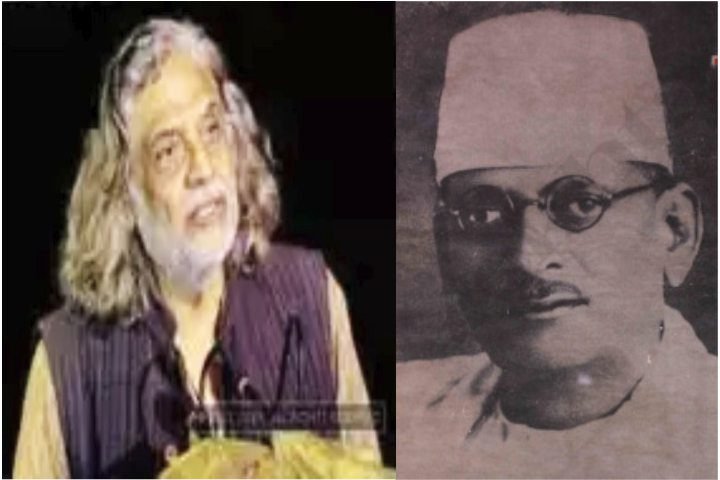

The Parsi Theatre productions were known for blending Indian and Western elements. Also known as proscenium theatre, Parsi theatre was performed indoors as opposed to traditional folk and tribal theatre.
They included contemporary social themes, music, dance, elaborate sets, and costumes to amuse the metropolitan middle and working classes. Playwrights such as Aga Hashr Kashmiri and Agha Hasan Amanat pioneered this new form of theater, addressing social reform, women’s rights, and nationalism.
The Bengali Theatre Renaissance
Parallel to the Parsi Theatre movement, there was a resurgence of Bengal theatre led by Girish Chandra Ghosh and Dwijendralal Roy. The theatre style that emerged during this time was distinctly Bengali, with playwrights finding inspiration in ancient Indian epics and folklore while incorporating modern themes and sensibilities.


The Bengali Theatre Renaissance was crucial in shaping modern Indian theatre. It encouraged the use of the Bengali language on stage and the development of indigenous dramatic forms. This period also led to the emergence of notable playwrights and directors who impacted Indian theater.
Impact of IPTA (Indian Political Theatre Association)
The Indian People’s Theatre Association (IPTA) has had a significant impact on the development of modern Indian theatre. IPTA was founded in 1943 with the aim of using theatre as a medium for social and political change.
It was a group of intellectuals on the Left who were also artists. This sort of theatre is exemplified by Bhisham Sahani. Here are some of the key ways in which IPTA influenced Indian theatre:
- IPTA’s plays and street theatre performances were crucial in the dissemination of socialist and progressive ideas. It employed theatre as a means of bringing social injustice, exploitation, and the struggle for independence to light.
- In India, IPTA spearheaded the people’s theatre movement with the goal of increasing theatre accessibility for all. It promoted the use of local languages, traditional forms, and themes that people could relate to.
- The plays of IPTA portrayed contemporary social and political themes, departing from the mythological themes of traditional Indian theatre. IPTA supported experimental methods such as nontraditional staging, minimalist sets, and improvisation.
- A new generation of artists, playwrights, and theatre professionals were trained and nurtured in large part by IPTA. Many renowned personalities, such as Utpal Dutt, Habib Tanvir, and Badal Sarkar, were associated with IPTA.
- IPTA played a big role in bringing back and promoting regional and folk theatre forms that had been ignored or pushed aside in mainstream Indian theatre. The influence of IPTA can be seen in the works of several post-independence theatre groups and playwrights, who have continued to explore social and political themes through their plays.
While IPTA’s influence declined after independence, its impact on Indian theatre has been long-lasting and significant. It paved the way for a more socially conscious and politically engaged theatre tradition in India.
Post-Independence Indian Theatre Renaissance
The achievement of independence in 1947 was a turning point for Indian theatre. Freed from colonial rule, a new era of artistic expression emerged, influenced by Western literature and a revived sense of nationalism and pride in India’s rich history. This infusion brought with it new narratives and perspectives, shaping the theatrical landscape.
In 1953, the Indian government created the Sangeet Natak Akademi, followed by the National School of Drama (NSD) in 1959, to support the growing artistic revival. These institutions were crucial in nurturing talent, preserving traditional performance arts, and propelling Indian theater to new heights.
Ibrahim Alkazi, the first director of NSD, designed the curriculum and planned the instruction and production according to contemporary Western theatre aesthetics, drawing inspiration from The Royal Academy of Dramatic Art (RADA) in the UK. However, his successor, BV Karanth, who was trained in the Karnataka Yakshagan traditions, Indianized theatre practices by putting age-old methods to use for contemporary productions.
Indian Theatre Stalwarts
In the post-independence era, modernist playwrights like Vijay Tendulkar, Badal Sircar, Dharmaveer Bharati, Mohan Rakesh, Girish Karnad, Chandrashekhar Kambar, P Lankesh, and Indira Parthasarathy, produced quality works that have been performed and studied worldwide.
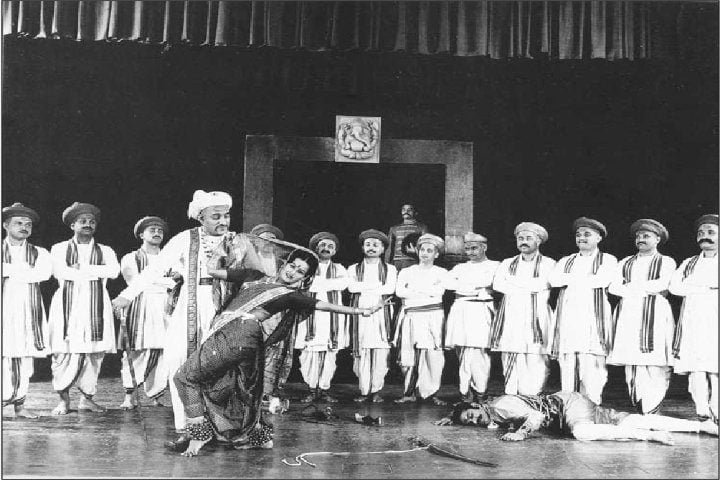

In the 1970s, Indian vernacular theatre saw a significant turning point with the remarkable success of Vijay Tendulkar’s Marathi play “Ghashiram Kotwal.” This groundbreaking production set the stage for a new generation of visionary directors like B.V. Karanth, Habib Tanvir, Bansi Kaul, Rattan Thiyyam, and Feroz Khan.
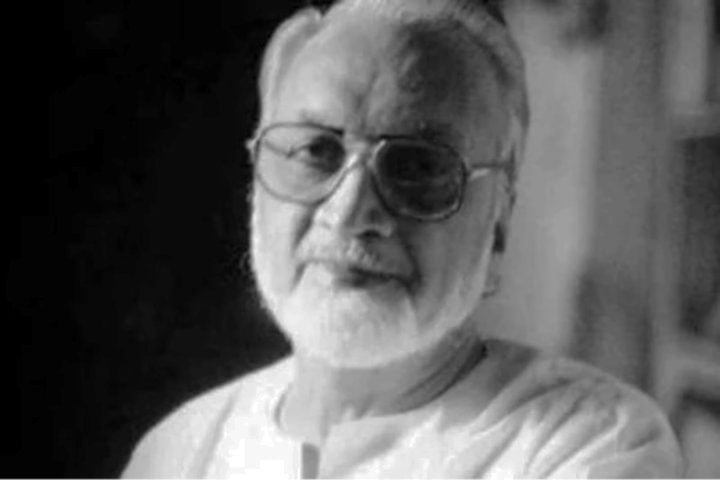

Their innovative approaches and experimental styles pushed the boundaries of theatrical expression, marking the beginning of a vibrant era of contemporary Indian theatre.
Indian theatre gained global recognition with Manjula Padmanabhan’s play “Bitter Harvest,” which received the highest Greek honor, solidifying India’s position on the international theatrical map.
There were amateur theatres in some areas that were not directly related to communism but were dedicated to making social changes. While not as popular as entertainment theatre, these amateur theatres preserved the purpose of drama as a way to critique life.
One such theatre was the Prithvi Theatre, founded in 1944 by the actor Prithviraj Kapoor. It was transformed into a full-fledged theatre after 1962 and is still in operation today.
Modern Indian Theatre and Social Change
Theatre as a Mirror of Society
Indian theater goes beyond entertainment. It reflects important social issues such as corruption, poverty, gender inequality, and caste discrimination. It fearlessly portrays the harsh realities and injustices within society.
India is a diverse and complex country with multiple languages and cultural traditions. When considering a “national theatre” in India, it’s important to consider each region’s unique traditions. These regional theatrical traditions have been important in addressing the specific social challenges faced in each community.
Folk Theatre and Rural Outreach
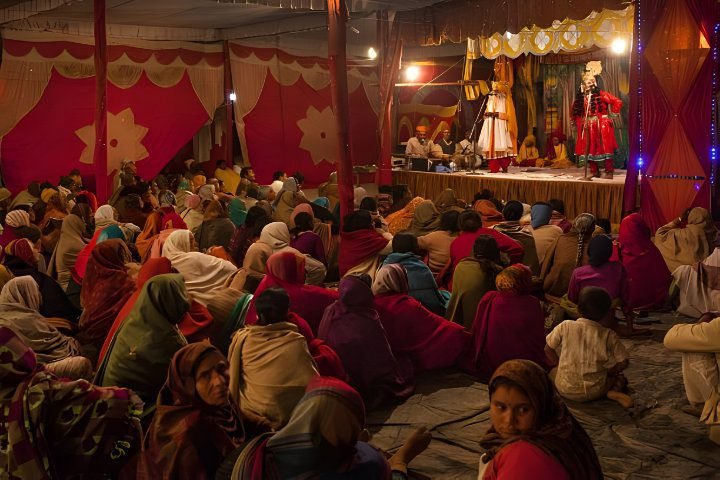

The social issues that affect Indian society often originate in rural areas. Problems such as illiteracy, child labor, and domestic violence are deeply ingrained in these areas. In this context, folk theatre can be a powerful tool for addressing these challenges as it strongly resonates with rural audiences.
Folk theatre performances are carefully crafted to appeal to rural audiences. They use stories and techniques that resonate with rural communities. These performances address complex social issues, prompting audiences to think critically and find practical solutions.
Street Theatre and Grassroots Activism
Street theatre has become a powerful tool for social change in urban areas. It offers a platform for grassroots activism and raises awareness about important issues.
Over time, many theatre groups have written and performed street plays addressing women’s empowerment, child labor, children’s education, environmental sustainability, and the significance of exercising one’s democratic rights.
These theater groups have established partnerships with non-profit organizations and grassroots movements. They conduct workshops and performances to amplify their message beyond traditional theater venues. Their efforts bring awareness and dialogue directly to the communities most affected by social injustices.
A notable example is the work of theatre groups reaching out to prison populations. These groups use theatre as a medium to educate and raise awareness on a wide range of issues, including sex education, corruption, and terrorism.
By staging performances within the prisons, these groups have successfully connected with the audience, ensuring their message is delivered with maximum impact.
Modern Theatre Issue
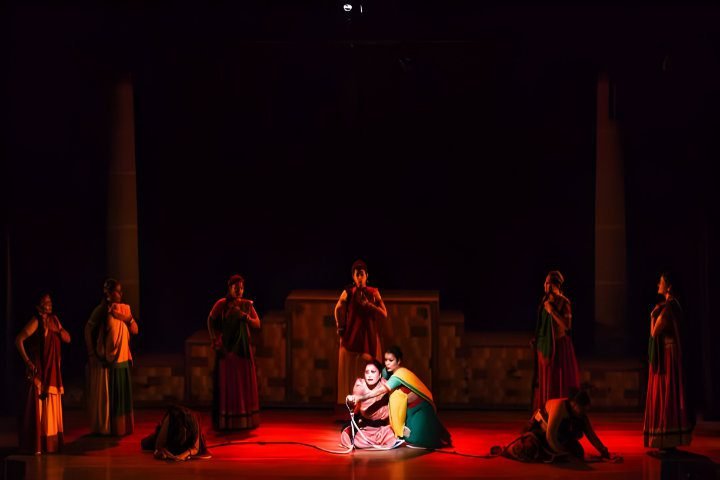

Theatre has long been a powerful social commentary and change tool in India. Indian theatre has fearlessly tackled some of the most pressing issues facing society. From challenging deeply rooted societal norms to amplifying marginalized voices, modern Indian theatre is at the forefront of igniting transformative conversations.
Shattering Stereotypes and Breaking Barriers
One of the most significant roles of modern Indian theatre is its ability to shatter stereotypes and break down barriers that have long divided communities. Through thought-provoking narratives and powerful performances, theatre productions challenge conventional notions of gender, caste, and social hierarchies.
We are witnessing a new wave of plays that boldly confront issues such as gender inequality, domestic violence, and the marginalization of LGBTQ+ individuals. These productions raise awareness and create a safe space for audiences to engage in difficult dialogues and critically examine their biases and prejudices.
Amplifying Unheard Voices and Championing Inclusivity
Modern theatre serves as a megaphone for unheard voices in a country as diverse as India. Playwrights and directors actively seek out and amplify narratives that have been overlooked for long.
We are seeing an increasing number of plays that explore the experiences of marginalized communities, such as Dalits, indigenous tribes, and religious minorities. These productions shed light on these groups’ struggles and injustices and celebrate their rich cultural heritage and resilience.
Environmental Awareness by Fostering Social Consciousness
Modern Indian theatre has emerged as a powerful platform for raising awareness and igniting action to prevent environmental degradation that poses an existential threat. A surge of plays exploring issues such as climate change, deforestation, and the impact of industrialization on fragile ecosystems can be witnessed frequently.
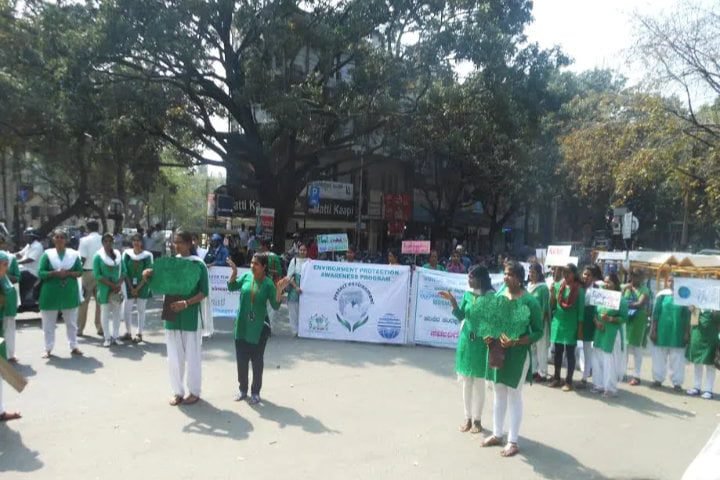

These productions educate audiences and inspire them to participate in the fight against environmental destruction actively. Through immersive storytelling and thought-provoking narratives, theatre fosters a sense of collective responsibility and empowers individuals to make sustainable choices.
Political Engagement and Civic Participation
Moreover, modern Indian theatre promotes political engagement and civic participation. From satirical comedies that skewer corrupt politicians to hard-hitting dramas exploring the complexities of governance and policy-making, theatre encourages audiences to become more informed and involved citizens.
Street plays enact issues such as electoral reform, freedom of speech, and the importance of active citizenship. These productions entertain and serve as a catalyst for constructive dialogue and civic action.
Sparking Uncomfortable Conversations
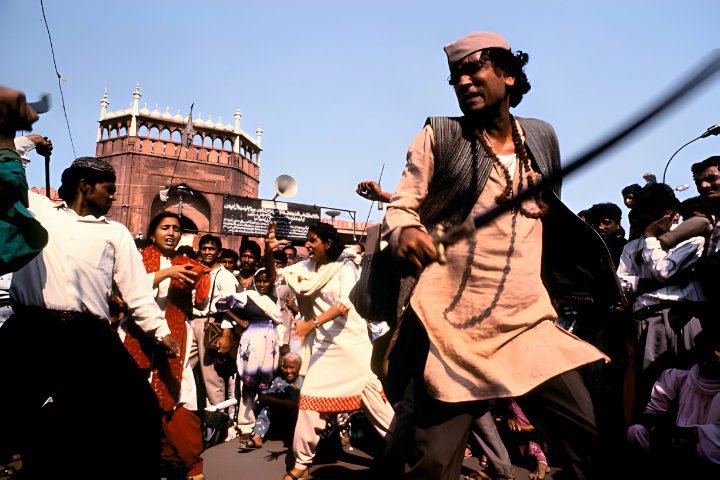

One of the most powerful aspects of modern Indian theatre is its ability to initiate difficult conversations and address taboo subjects. Theatre productions fearlessly delve into sensitive topics such as mental health, addiction, religious extremism, and communal violence, shining a light on societal issues that are often ignored.
A new generation of playwrights and directors is challenging the status quo by not being afraid to highlight the harsh realities that many communities face. Their daring and uncompromising narratives promote a more inclusive and compassionate society by allowing audiences to confront their prejudices and preconceptions.
Conclusion
“Theatre in India has transformed from a colonial import to a vibrant and multifaceted artistic expression that reflects the nation’s rich cultural heritage and drives social change. With its diverse regional traditions, folk theatre, and grassroots activism, the Indian theatrical landscape has emerged as a potent platform for addressing social issues, promoting awareness, and fostering dialogue.”


